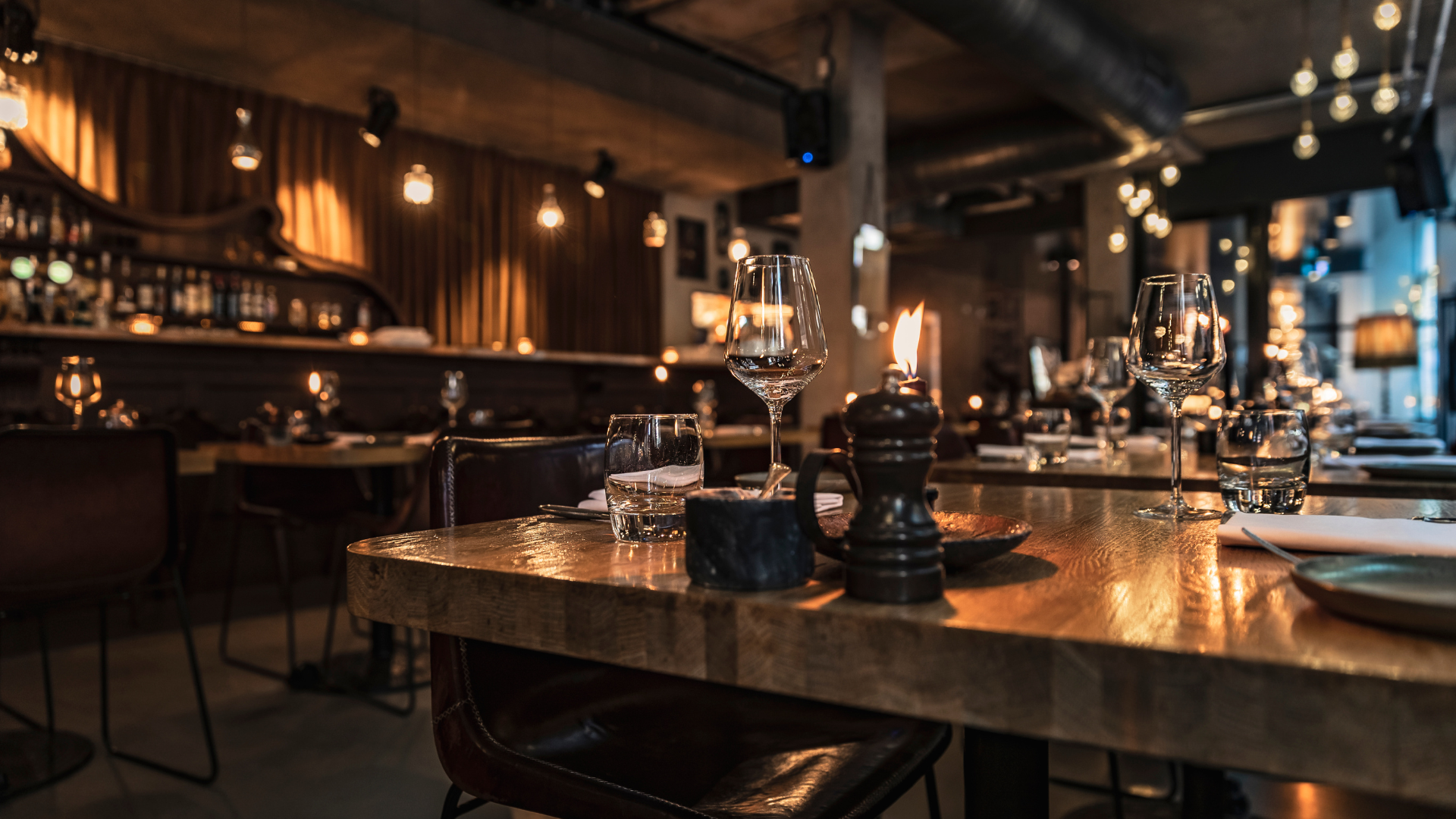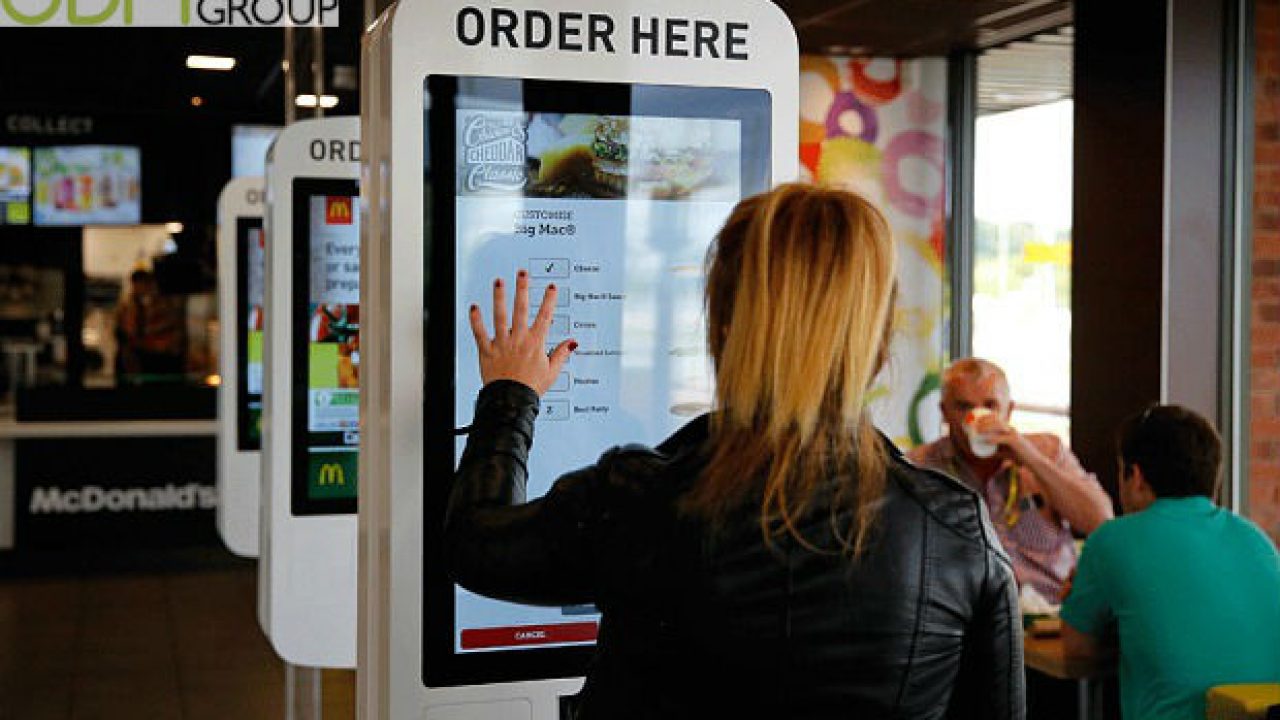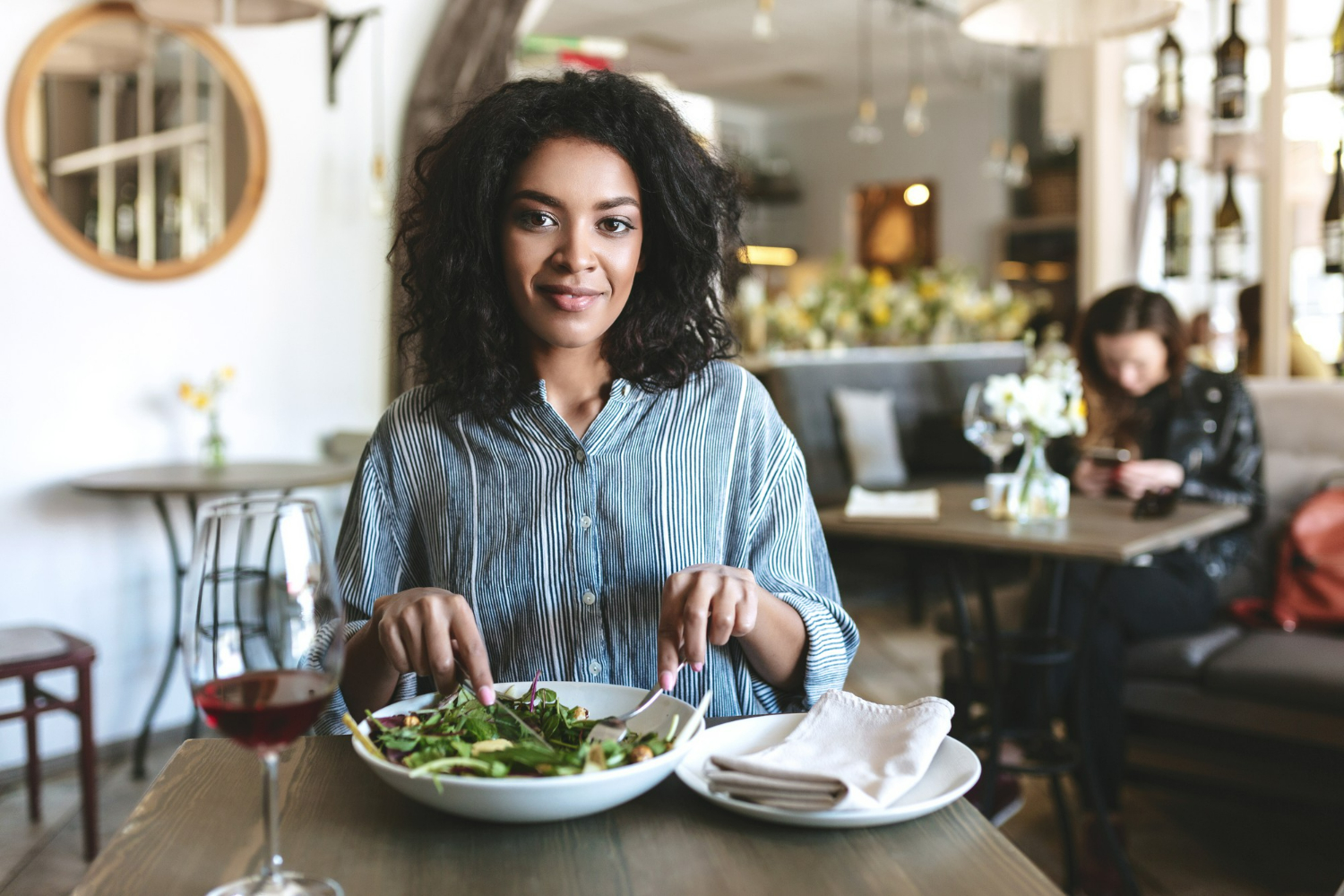The success of a restaurant extends beyond its menu – it lies in the ambiance it creates. In this in-depth exploration, we’ll unveil the secrets of restaurant decor and how it can be a potent force behind increased sales and powerful word-of-mouth marketing.
The power of restaurant decor: When you walk into a restaurant, what’s the first thing that captures your attention? It’s not always the food; often, it’s the ambiance. The decor of a restaurant plays a pivotal role in shaping the overall dining experience, influencing everything from customer satisfaction to their likelihood of returning.
Creating the ideal atmosphere
The ambiance of a restaurant sets the stage for the entire dining experience. We’ll dive deep into the critical elements that make up a restaurant’s decor. From lighting and furniture to color schemes and overall aesthetics, we’ll explore how each detail contributes to the atmosphere and influences customer perception.

Creating the perfect ambiance in your restaurant is about more than just aesthetics; it’s about crafting an environment that resonates with your patrons’ senses and enhances their overall experience. The right decor can evoke emotions, create a memorable atmosphere, and even influence the perceived quality of your food. To achieve this, it’s essential to consider various elements that harmonize to form the ideal dining setting. Here are ten tips to guide you in choosing the right decorations for your restaurant:
- Lighting Is Key: Choose lighting that complements the mood you want to set. Soft, warm lights for a cozy ambiance or bright, vibrant lights for a lively atmosphere.
- Consistent Theme: Ensure your decor aligns with your restaurant’s theme. Whether it’s modern, rustic, or classic, consistency is crucial.
- Comfortable Seating: Invest in comfortable and stylish seating. Comfortable chairs and booths can encourage customers to stay longer and return.
- Color Psychology: Utilize colors effectively. Different colors can evoke various emotions, so choose a palette that reflects your restaurant’s vibe.
- Art and Accessories: Select art and accessories that add character. These can be conversation starters and make your space more inviting.
- Quality Tableware: High-quality tableware adds to the overall dining experience. It should complement your decor and theme.
- Music and Acoustics: Consider the acoustics and background music. These should complement your decor and not overpower conversations.
- Greenery and Plants: Add some greenery. Plants can bring life to your space and have a calming effect.
- Functional Layout: Prioritize a layout that is both aesthetic and functional. Ensure easy movement for both staff and customers.
- Seasonal Updates: Keep your decor fresh with seasonal updates. This keeps regular customers engaged and excited about returning.
First impressions matter
Your restaurant’s decor has the power to make a lasting impression. We’ll uncover how a well-designed entrance and reception area can warmly welcome guests, setting the tone for a memorable meal. Learn how to create an entrance that leaves a positive mark from the moment customers step inside.
Dining with a view
Seating and table arrangements are not just functional; they greatly impact the dining experience. Explore how restaurant decor can maximize scenic views, create intimate corners for romantic dinners, or encourage communal dining for a vibrant atmosphere. Discover how the layout contributes to customer enjoyment.

Here are five tips on what to consider for a good dining view in your restaurant:
- Maximize Natural Scenery: If your restaurant is located near natural beauty like mountains, a beach, or a lush garden, arrange seating to provide clear views of these landscapes. Windows or outdoor seating that showcase these views can enhance the dining experience significantly.
- Create Visual Interest Inside: For restaurants without access to natural scenery, focus on creating intriguing interior views. This can include an open kitchen, elegant art pieces, unique architectural features, or a beautifully designed bar area. These elements provide visual appeal and can become a focal point for guests.
- Utilize Lighting to Enhance Views: Proper lighting can greatly enhance both internal and external views. Soft, warm lighting can create a cozy, inviting atmosphere, while brighter lights can highlight specific features or areas within the restaurant.
- Consider Privacy and Spacing: While a good view is important, privacy and comfort should also be considered. Ensure that tables are spaced to give diners a sense of intimacy and privacy, even in a busy restaurant setting.
- Incorporate Seasonal Decorations: Leverage seasonal changes and decorations to keep the view dynamic and interesting throughout the year. This could include festive decorations during holidays or subtle changes that reflect the seasons, adding an additional layer of interest to the dining experience.
Lighting: The hidden design element
Lighting design is an art form in itself. We’ll delve into how the strategic use of lighting can transform the mood of a restaurant. We’ll explore the different types of lighting, such as ambient, task, and accent lighting, and how they contribute to creating the perfect ambiance.

Ambient lighting, often referred to as general lighting, is the primary source of light in a space and sets the overall tone of the restaurant. It’s crucial in creating a welcoming and comfortable environment. Soft, warm ambient lighting can create a cozy, intimate feel, ideal for fine dining or romantic settings, while brighter ambient lighting is more suited for casual, energetic eateries.
Task lighting is focused and used in specific areas where important tasks are performed, such as the kitchen or the cashier’s station. In dining areas, task lighting can be used to highlight menus or illuminate tables without overpowering the overall ambiance. The key is to balance functionality with aesthetic appeal, ensuring that these areas are well-lit for efficiency while still maintaining the restaurant’s mood.
Accent lighting is used to highlight architectural features, artwork, or special decor elements within the restaurant. It adds depth and dimension to the space and can be used to draw attention to specific areas or items, creating visual interest and guiding the customers’ gaze around the room. By carefully placing accent lights, you can showcase the best features of your restaurant, add a sense of luxury and attention to detail, and enhance the overall dining experience.
Incorporating these different types of lighting in a harmonious and thoughtful way is key to creating the perfect ambiance in a restaurant. It’s not just about the intensity or color of the light, but also how it plays with the space, complements the decor, and creates an experience that customers will remember and appreciate.
The role of music
Music in a restaurant does more than fill the silence; it shapes the dining experience. The right playlist can complement the theme of your restaurant, set the desired mood, and even influence the pace of dining. Consider these aspects:
- Genre Selection: Choose music that aligns with your restaurant’s theme – jazz in a fine dining setting or upbeat tunes in a casual eatery.
- Volume Control: Ensure the music is at a comfortable volume, enhancing the ambiance without overpowering conversation.
- Acoustic Considerations: Good acoustics are essential. Avoid areas where music can become too loud or echo.
Color psychology in restaurant decor
Colors profoundly impact emotions and behaviors, making color choice crucial in restaurant decor.
- Warm Colors: Reds and oranges can stimulate appetite and create a vibrant atmosphere.
- Cool Colors: Blues and greens evoke calmness, suitable for a relaxed dining experience.
- Neutral Tones: Whites, beiges, and grays offer a modern, clean backdrop, allowing other decor elements to stand out.

Art and decorative elements
Art and decor in a restaurant are not just embellishments; they reflect your brand’s personality and create a unique atmosphere.
- Local Art: Displaying local art can add a touch of uniqueness and support community artists.
- Thematic Decor: Ensure your decorative elements align with your restaurant’s theme for a cohesive look.
- Interactive Elements: Incorporate elements that engage customers, such as a live cooking area or a mural wall.
Seasonal transformations
Seasonal decor changes keep your restaurant fresh and exciting.
- Holiday Themes: Embrace holidays with appropriate decorations to create a festive mood.
- Seasonal Menus: Align your menu with the season and reflect this in your decor for a holistic experience.
- Subtle Changes: Small changes like tablecloths or centerpieces can significantly impact the seasonal feel.
The instagrammable experience
Creating an ‘Instagrammable’ spot can enhance your restaurant’s social media presence.
- Photo-Friendly Spots: Designate areas specifically for photos, like a feature wall or unique piece of art.
- Good Lighting: Ensure these spots are well-lit to encourage photo-taking and sharing.
- Branding Opportunities: Include subtle branding in these areas to increase your restaurant’s visibility on social media.

Engaging customers through platforms like Instagram is crucial in today’s digital-driven world, especially for restaurants. These platforms serve as a bridge connecting your business to a wider audience, offering a space to showcase your culinary creations, ambiance, and unique experiences.
Instagram, with its visually driven content, is particularly effective for restaurants, as it allows you to visually entice potential diners with high-quality images and videos of your dishes, decor, and happy customers. This form of engagement not only heightens your restaurant’s online presence but also fosters a community around your brand, leading to increased loyalty and word-of-mouth promotion.
Moreover, with the rising trend of ‘eat with your eyes,’ visually appealing content on Instagram can influence dining decisions, making it a vital tool for attracting new customers.
To effectively engage customers on Instagram, a well-planned strategy is essential:
- Firstly, create a consistent posting schedule with a mix of content types, including behind-the-scenes glimpses, featured menu items, and customer experiences.
- Utilize Instagram stories and reels for more dynamic and interactive content.
- Encourage customers to share their own experiences by creating an ‘Instagrammable’ spot within your restaurant, such as a beautifully designed mural or an aesthetically pleasing dish presentation.
- Additionally, leveraging hashtags and geo-tags can increase the visibility of your posts.
- Engaging with your audience through comments, polls, and user-generated content can further enhance interaction and create a sense of community.
This strategy not only increases your online visibility but also adds a personal touch, making your restaurant more relatable and inviting to both existing and potential customers.
Conclusion
Restaurant decor is more than just aesthetics; it’s a strategic tool for enhancing the dining experience, driving sales, and sparking word-of-mouth marketing. By understanding the nuances of restaurant decor, owners and operators can create spaces that leave a lasting impression on customers and keep them coming back for more.




